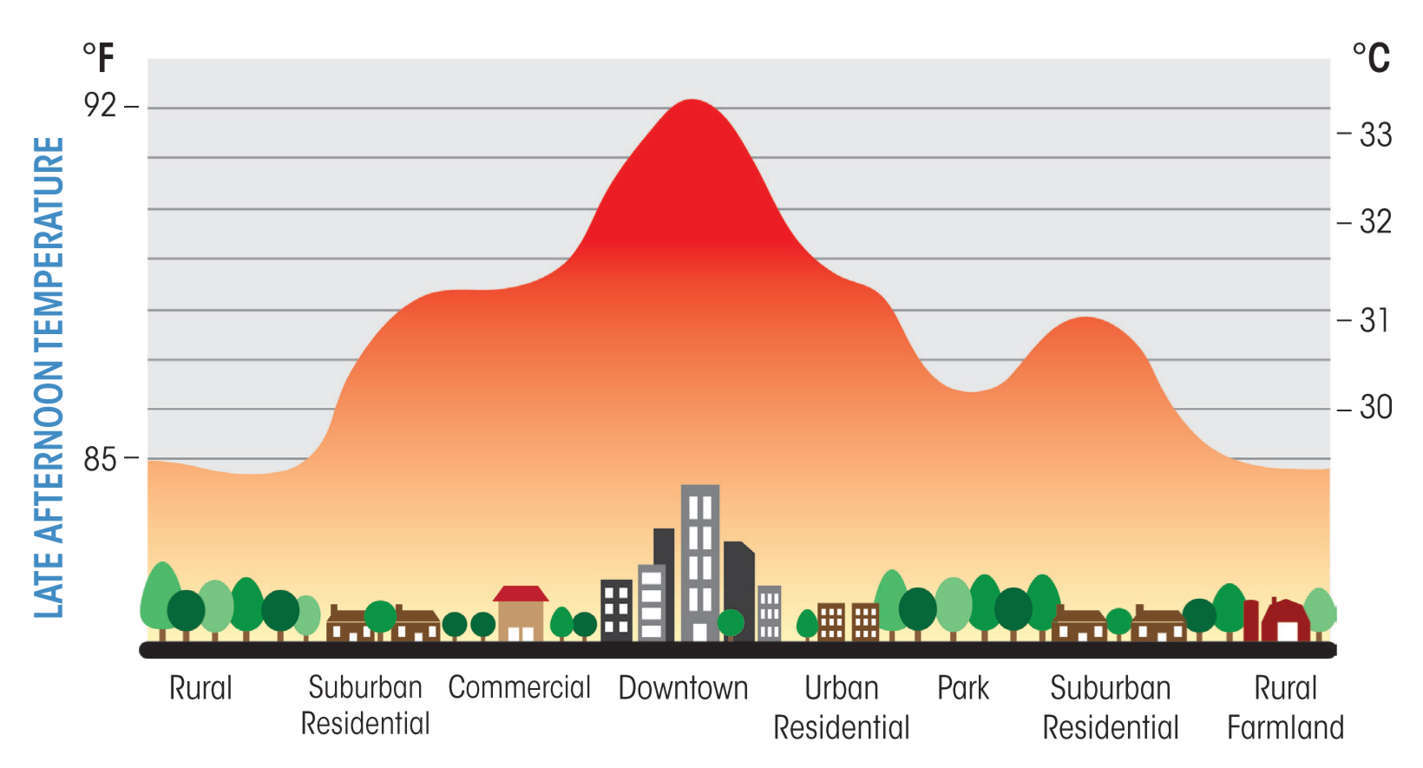Spatial perception in urbanscape at public square – A case of Maharaj Bada, Gwalior
This research is done by Harshita Sharma and Radhika Sarda
The term
"urbanscape" is used to describe the natural and built fabric of a urban
areas, and it is described as the urban's design quality and visual effect. It
includes structures, the street, the fixtures and fittings that make it easier
to use, such as bus stops and signage, as well as planting schemes. Urbanscaping
is an important part of the public realm (public spaces where people interact),
as it contributes to the aesthetic quality, identity, social, health economic
activity, social cohesion, and opportunity of a community, not only its
mobility. It plays a critical role in enhancing a city’s quality of life and
act as a catalyst for shaping urban fabric and fostering social interactions. The
creation of a positive visual image of urban space will foster the
establishment of positive perceptions and meanings, causing the community to
react positively to its surroundings. In particular, the built and unbuilt
resources are the fundamentals to shape cities, communities and thus influences
identity.
The most extensively spread and frequently
frequented urban public places are city streets. Kevin Lynch defines streets or walkways as one of
the fundamental forms which create the
mental image of the city in the viewer's minds. It has been observed that
streets are the predominant city elements, although their importance varies
according to the degree of familiarity with the city. It is plausible as it
helps the users to experience the urban area as a whole – from the lively
street shopping places along business streets to the residential streets and
the cultural streets.
Streets can
be defined as the stage upon which the drama of urban life unfolds every day. Not
recently, but streets have played this role since the inception of towns and
cities. They define the character of the cities and make our cities what they
are, just like Broadway defines
New York, Market Street defines San Francisco. Chicago and Paris would be very different
if Michigan Avenue and Champs– Élysées were primarily automobile-oriented
roads. Similarly, what would Delh be without the Rajpath, Ahmedabad without
Manek Chowk Road or Gwalior without bada?
As communities try to improve their built
environment's livability, these urban landscapes transform themselves
according to their demands and needs. This
has resulted in the gradual retraction and change in the character and visual
aesthetic of the urbanscape and streetscape. This
article looks at the transformation made in urbanscape at Maharaj Bada in
Gwalior to adopt the requirement of a
better quality of life for the occupants.
Gwalior,
the city of heritage, has experienced a splendid era of Rajput, Maratha, Mughal
and British. This ancient capital city has become a symbol of great dynasties
and a legacy of living courage. During early 20th century, a highly active zone
was redesigned and established as the new hub of the city 'The Maharaj Bada. It
was designed by a British architect and Scindia Dynasty in “roman-fora” style
consisting of 7 classical office buildings and a central British style garden.
With
Maharaj Bada being the single growth nucleus of the city, a gradual concentric
growth took place and this central core became a node of the high volume of
traffic, congestion and pollution turning into a major circulation route. he
broad avenues of Bada which were initially planned as leisure side-street
markets for inhabitants and workforce lost their function and course due to
lack of administration and proper planning interventions.
The
development of Maharaj Bada has caused this core to spread indefinitely in
different directions thus leading to unplanned development and management.
Initially, being the central civic space, it was very well linked to the city
by several roads and pedestrian pathways that start from this square and gets
discharged into the city. However, due to the expansion of the city, these
pathways have gradually become congested and inadequate as per standards.
Moreover, due to development as the Central Business District, the roads got
converted into specialized market streets with
mixed-used typology which is presently known as Sarafa Bazaar, Topi Bazaar, Daulat
Ganj, Bala Bai ka Bazaar, Nazarbagh Market and Subhash Market.
Fig. 1 Plan showing Maharaj Bada
Source 1 Author generated
Sarafa Bazaar
Road within the city core opens into the central square of Maharaj
Bada. This road which was initially a specialized market street famous for the silver and gold trade. But with the course
of time, a cloth market has also been accommodated to ease its customers. It is
currently a highly populated narrow street
typically residential but has a strip of commercial development alongside. The
issues faced along the street are enchrachments by street vendors, on-site
parking, and congestion. On Moving Clockwise, the next market is Topi Bazaar which opens near the
Town Hall at Maharaj Bada square. Historically, It was built to provide
soldiers with their uniforms and patrol caps which was eventually named as '
Topi Bazaar'. Covering the head was believed to be a tradition in the Gwalior
region, where no one was allowed to enter the royal premises with a bare head.
Presently, it serves as a major market for various daily need items at wholesale rates. It faces the issues of parking
and congestion not only for the shopkeepers but also for the customers. Further,
the visual aesthetic of proper pavements, buildings and proportions are missing
throughout the design.
Figure
2
Existing Traffic movement Maharaj Bada
Source 2
DOA - 17-05-2021 – Gwalior Smart city development corporation
Few meters
ahead beside Government Press is another market, Daulat Ganj. It is named after Daulat Rao Scindia. He ruled Gwalior for approximately 34
years. During his reign, Gwalior was attacked by the British and eventually lost its importance. Serving as an important
road of Maharaj Bada. It comprises of various shops of decoration items and other small shops of daily objects. It
presently is a narrow traffic and pollution creating road with lack of proper
parking and traffic provisions. Moreover, street furniture and landscaping are
all the more missing. Daulat Ganj also enshrines the 100-year-old Literary Organization " Madhya Bharat Hindi
Sahitya Sabha ". The other end of Government Press leads to Bala Bai
ka Bazaar. This market was named
after the princess of Mahadji Scindia, Balabai who
was married to Sardar Shithoule's son Laaduji in 1776. It was built as a structure
to immortalize her soul. However, with
time, it has just been left with the as a mere piece
of her remembrance. It was initially a colony but since it had commercial
linkages on all sides, it got developed as a market. Extremely narrow with
irregular expansions and development alongside has resulted as a choke for the
visitors.
Figure
3
Map showing market areas and activities
Source 3
DOA - 17-05-2021 – Gwalior Smart city development corporation
Walking
towards the Post Office from the Gorkhi Gate, the next market lane is Nazarbagh Market. 'Nazarbagh' is an Arabic word which means a 'garden
built around a palace or a bungalow'. It was originally a garden around the temple of Gorkhi
Palace. Due to developments around Jiyaji Ckowk, small shops started emerging
due to which Maharaja Madhav Rao converted the garden into a market of
ready-made garments. The other end of the Post Office is Subhash Market. It was named after the Chief of Azaad Hind
Fauj, Late Subhash Chandra Bose. It is
believed that most of the shop's owners got
settled in this area after the partition of 1947. It functions as the major
cloth market of the town comprising of around 252 shops. Similar issues of
irregular developments and unorganized spaces for shops complemented with
illegal parking and ancrachments. From the Jiyaji Chowk, the road on the right side of State Bank of India
building further divides into three different streets namely Mor Bazaar, Chawri
Bazaar and Datt Mandir road with their specific market regions.
The idea of
this urban square was to integrate all six streets within the historic core
area as a heritage trail. However, with the course of time, it formed a closely
knitted continuous circuit of the vehicular and pedestrian traffic system. Due
to its rapidly growing and increasing commercial character, this square witnesses’
inevitable real challenges like encroachment by street vendors and illegal
parking around the buildings, intense traffic and irregular market expansions.
In order
to create a comfortable and satisfying experience for the community, the visual
aesthetic experience in urban settings is critical. Therefore, it is important
for planners and designers to have a clear understanding of what makes for good
urbanscapes and streetscapes. Building proportions and scale, street furniture’s
and proper management which determine the three-dimensional extents of
streetscapes, provide long-lasting, basic skeletons.
Sustainable
design for streetscapes is one of the ways to achieve sustainable cities. So,
to establish a sustainable streetscape, a step towards pedestrianizing the
street around the central park needs to be taken. It will help in creating a
safe and healthy market space with proper circulation and pedestrian movement.
It will also help to organize the informal hawkers, reduce the encroachment on
the roads and proper management of traffic and congestion. To promote
sustainable transportation and streetscaping, bicycle tracks and stations can
be designed keeping in view the greenery and historic aspect of the square.
Also, proper multi-level parking spaces and other public utilities can be
allocated. To restore the overall functional and visual aesthetic hampering the
classical architectural marvels around the streets, some broader steps can be
undertaken. There are several characteristics of street life that describe
sustainable streetscaping, such as intelligibility, safety, adaptability, and
economy, to name a few that needs to be considered within the framework. Also,
a single thorough formula for livable streets would be far too complicated,
suffocating innovation in detailed design, which is crucial to the attraction
of streets as subtly individual locations.
References
- Arvind Kumar Ahirwar, The architectural character of civic spaces with special reference to Maharaj Bada, Gwalior, Department of Architecture and Planning, University of Roorkee, 2001
- Ard T.G.T Garratt, History of British Rule in India, 1887
- Arthur Hughes, Gwalior city, 1981
- Banister Fletcher, History of Architecture, 1896
- Kevin Lynch, Image of the city, 1960
- Mata Prasad Shukla, Gwalior's street and colonies (Gali Mohalla), 2010
- Mishra, S., 2015. Conservation of Victoria market (Doctoral dissertation, SPA, Bhopal)
- Municipal corporation, Gwalior, 2020
- Naim, Gwalior ke aas-pass, 1880
- Public Squares: An analysis of urban space from its functional determinants by George Micheal Peter, 1963, B.A Thesis, University of British Columbia.
Related Articles
WALKABILITY- A SYNONYM TO URBAN MOBILITY

AVAILABILITY OF PUBLIC TRANSPORTATION: IMPORTANT IN DEVELOPING CITIES - By MITASHA DUGGAL

Urban Planning and Sociology

URBAN HEAT ISLAND INNOVATIVE WAY TO REDUCE ITS EFFECT






